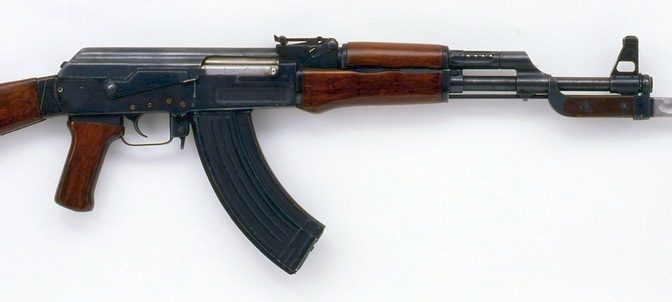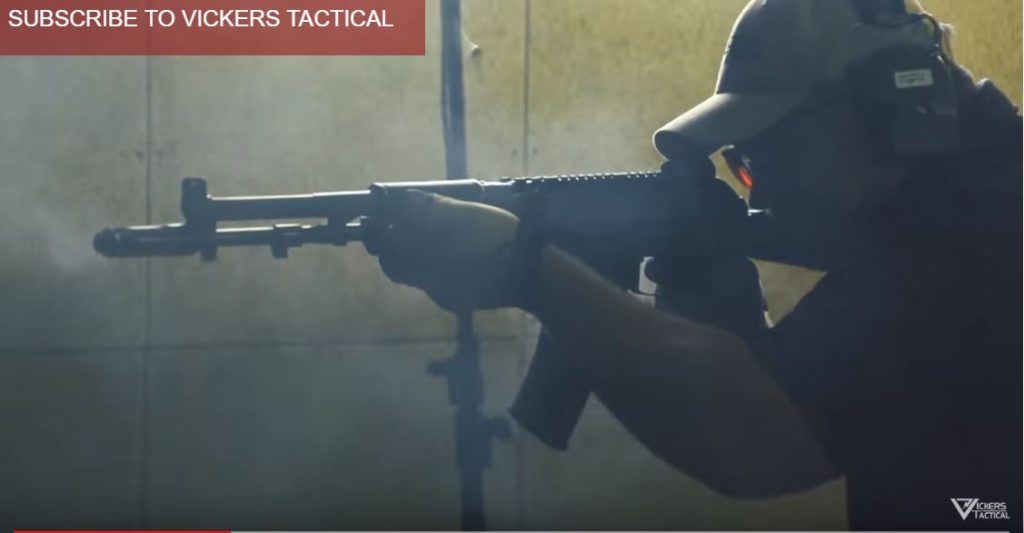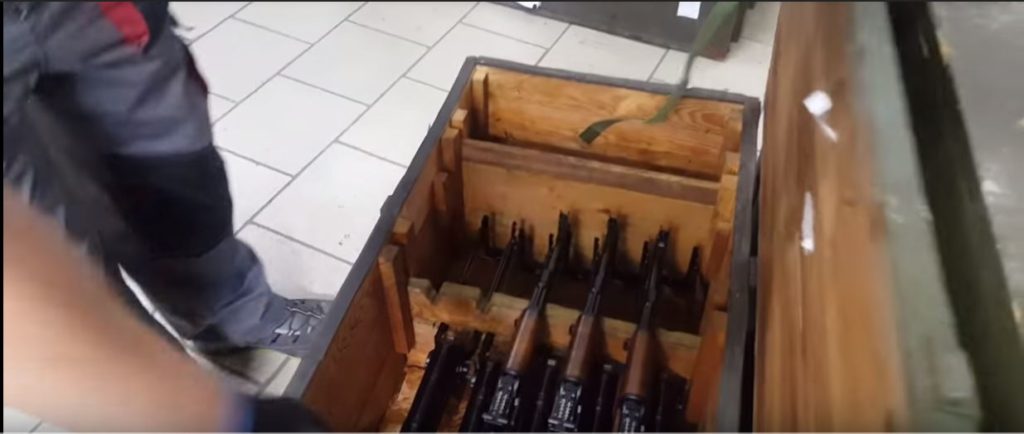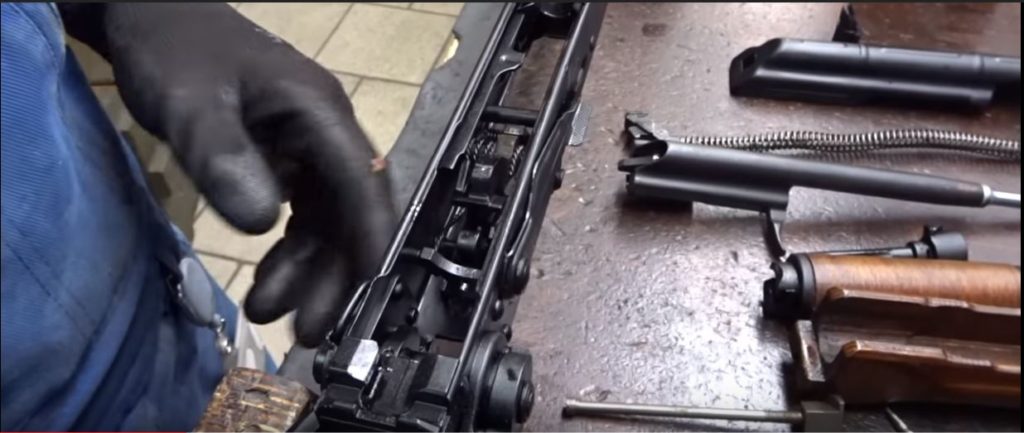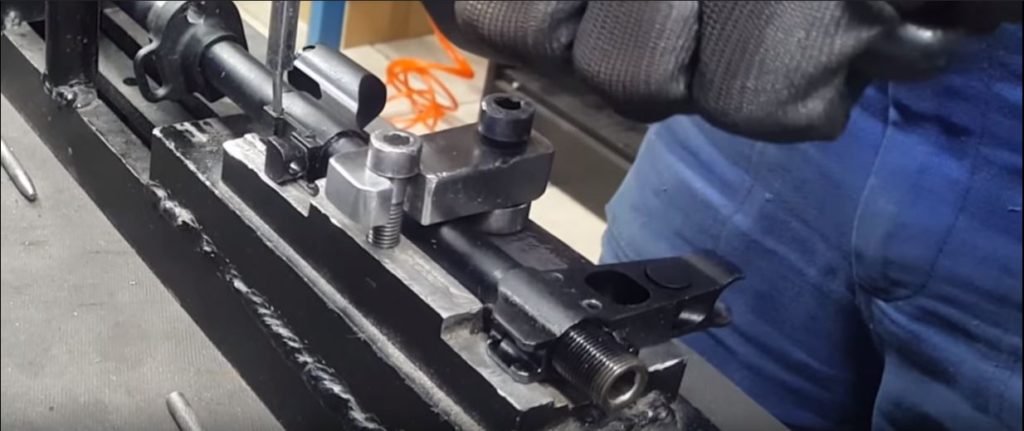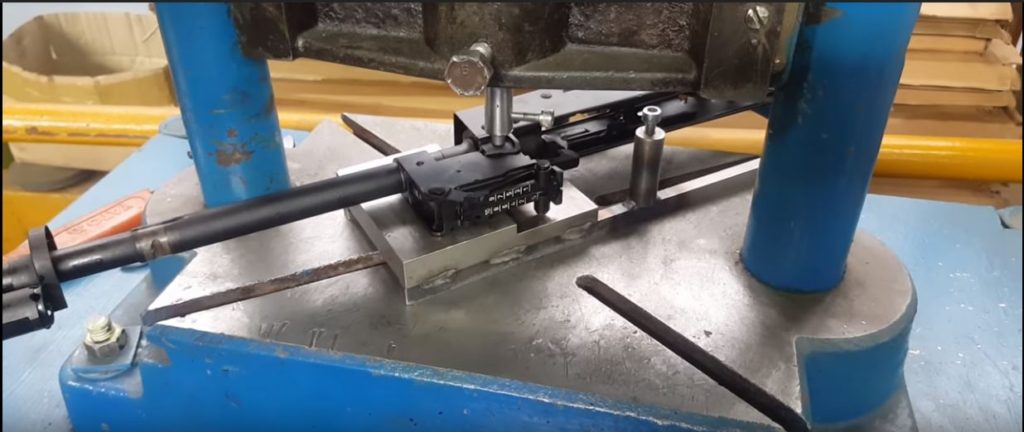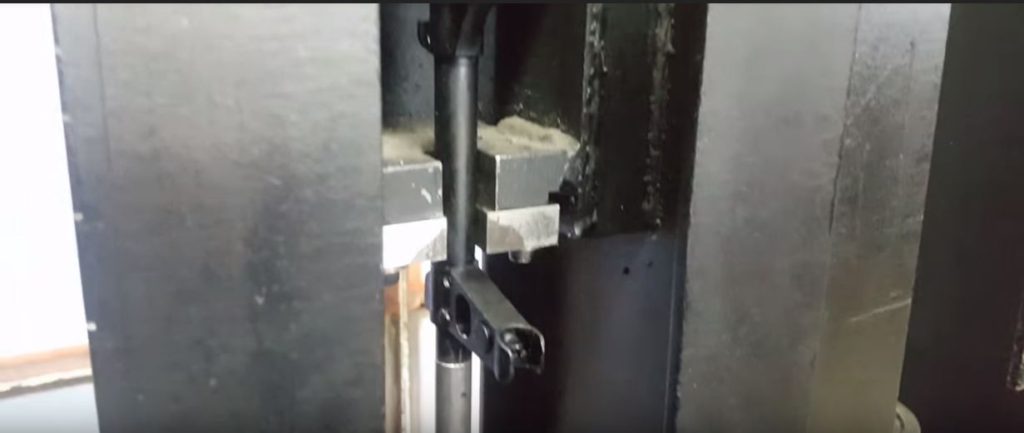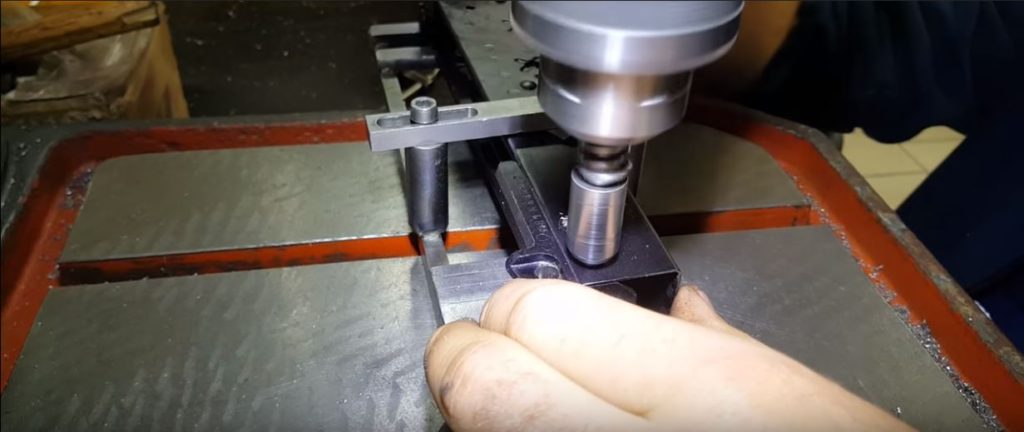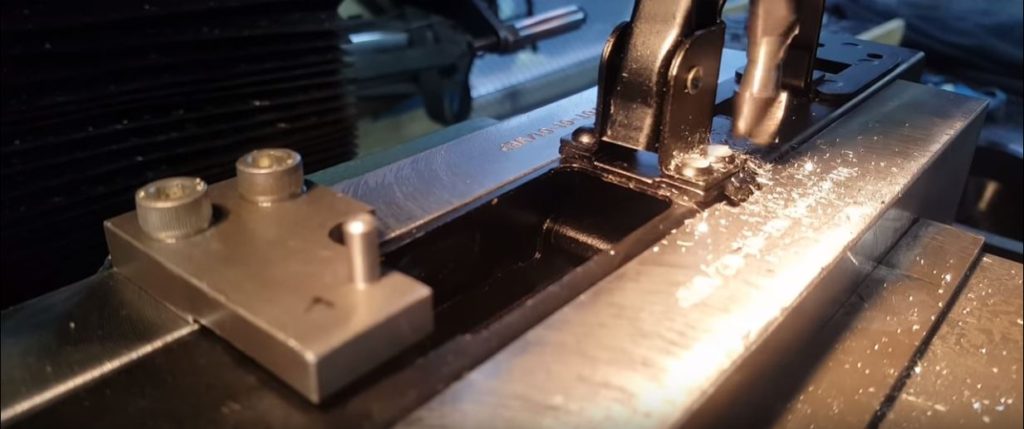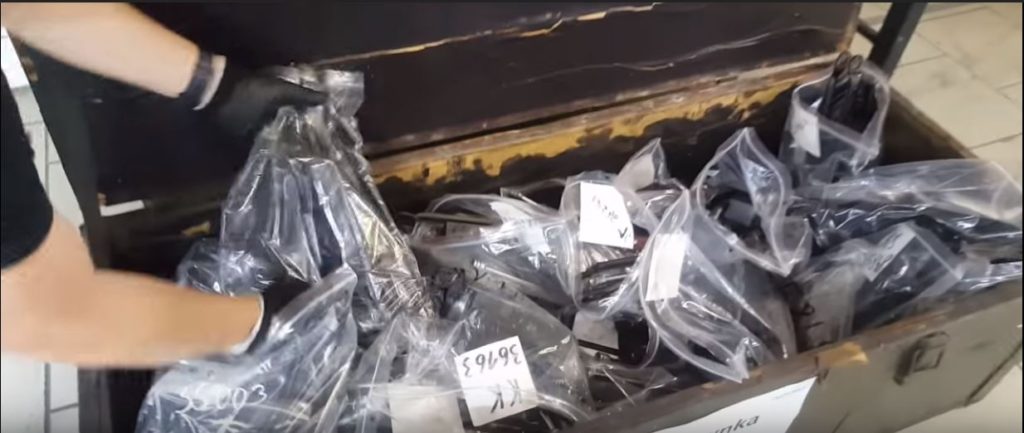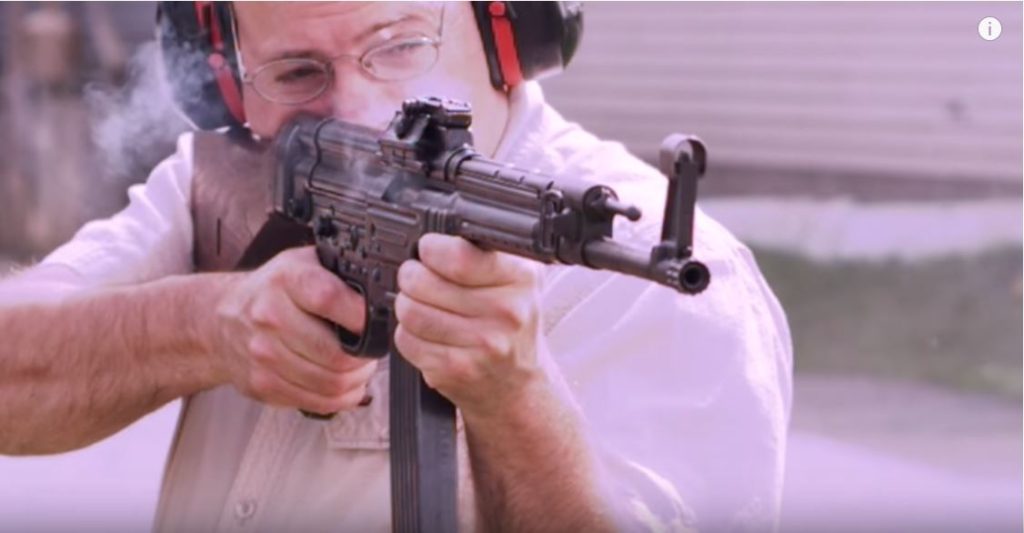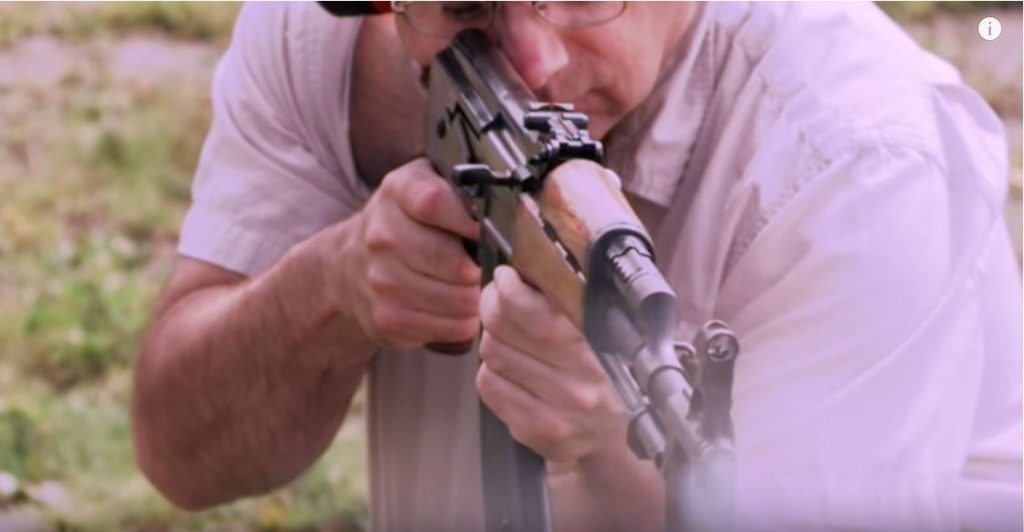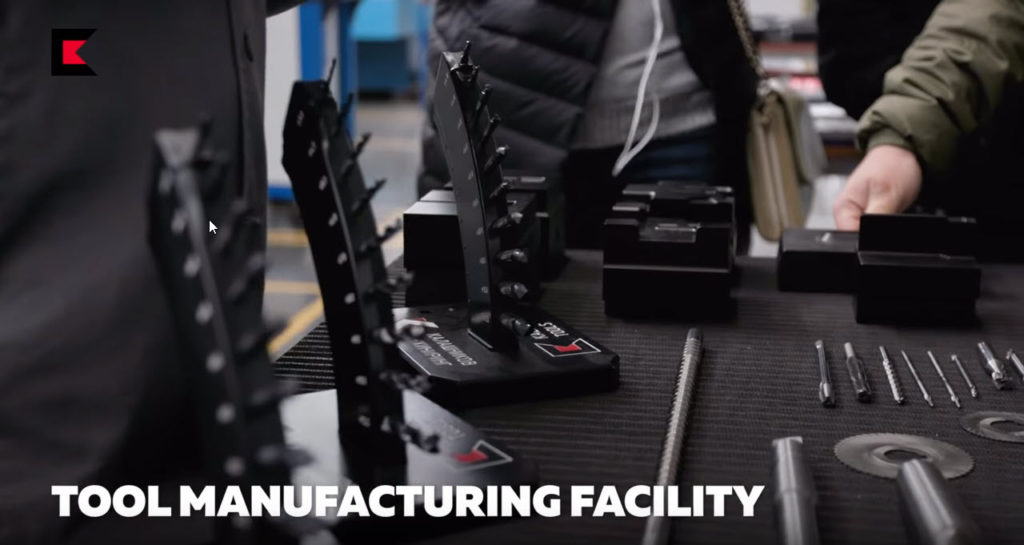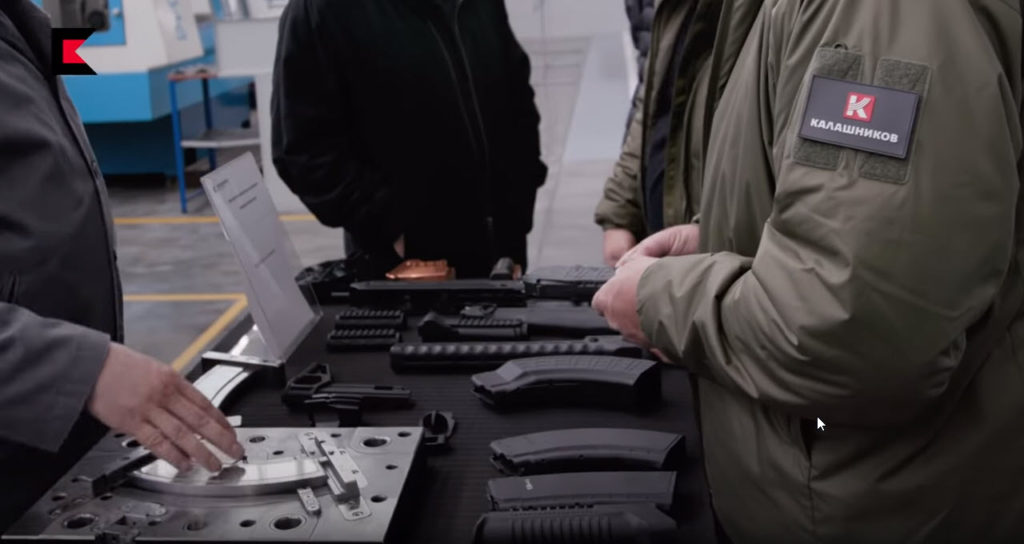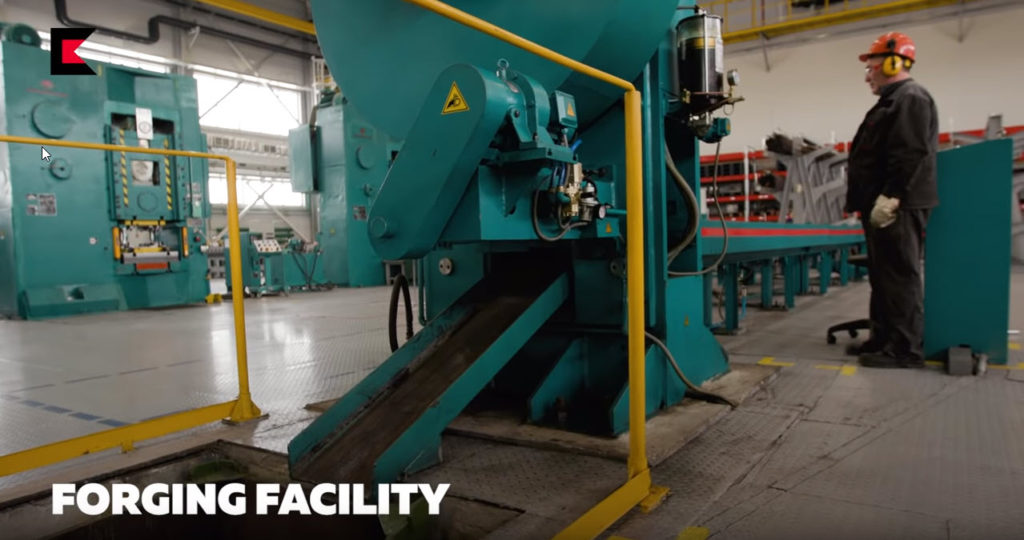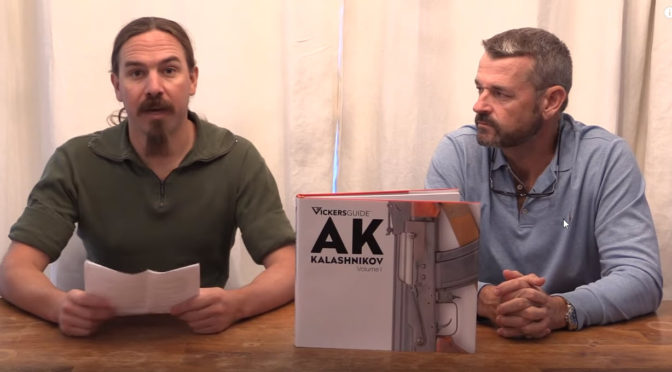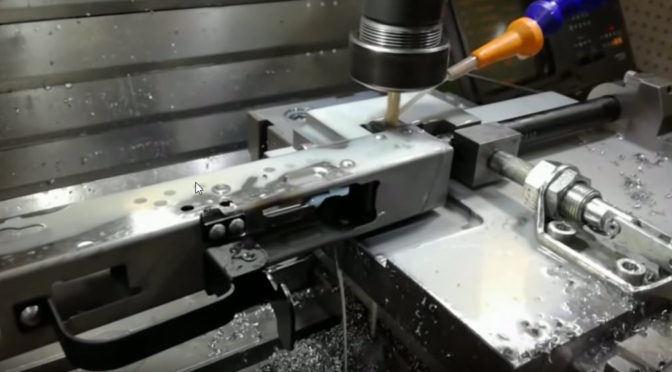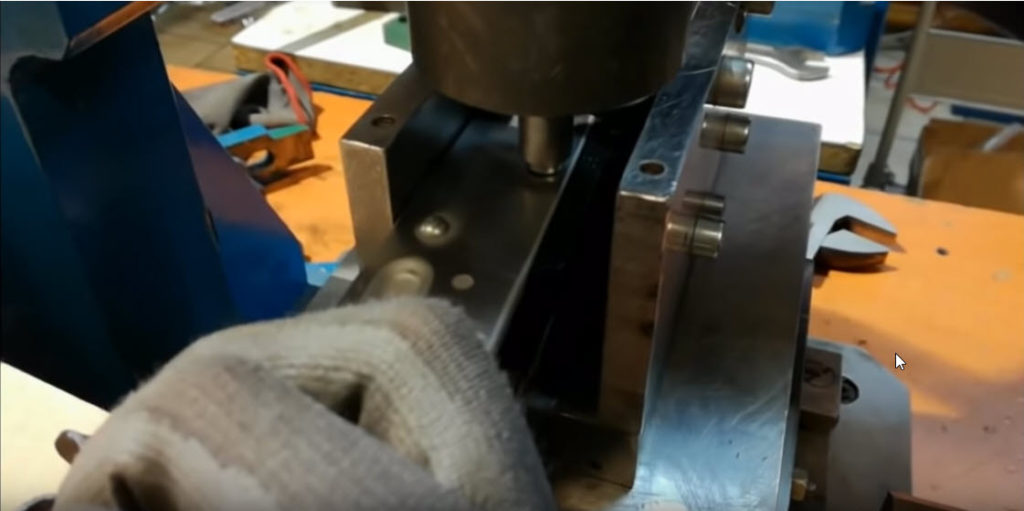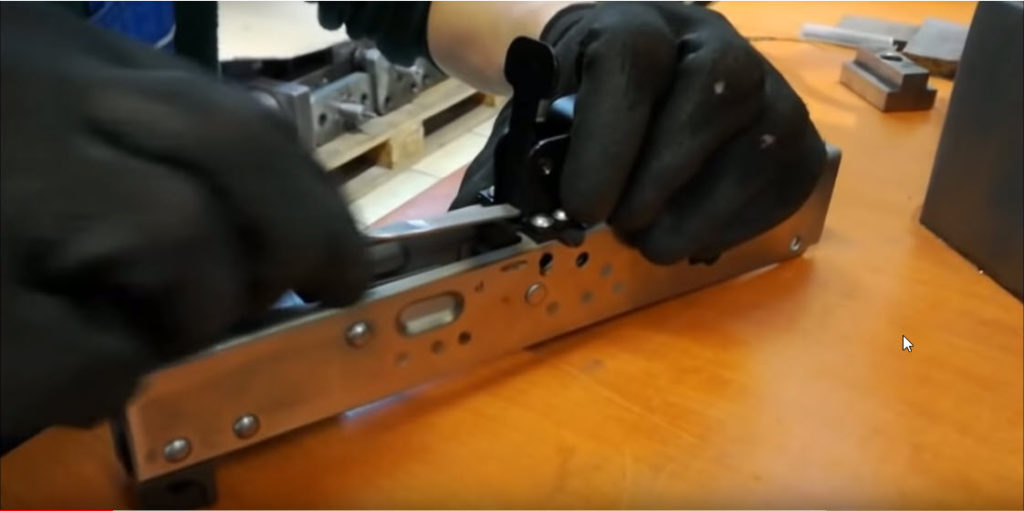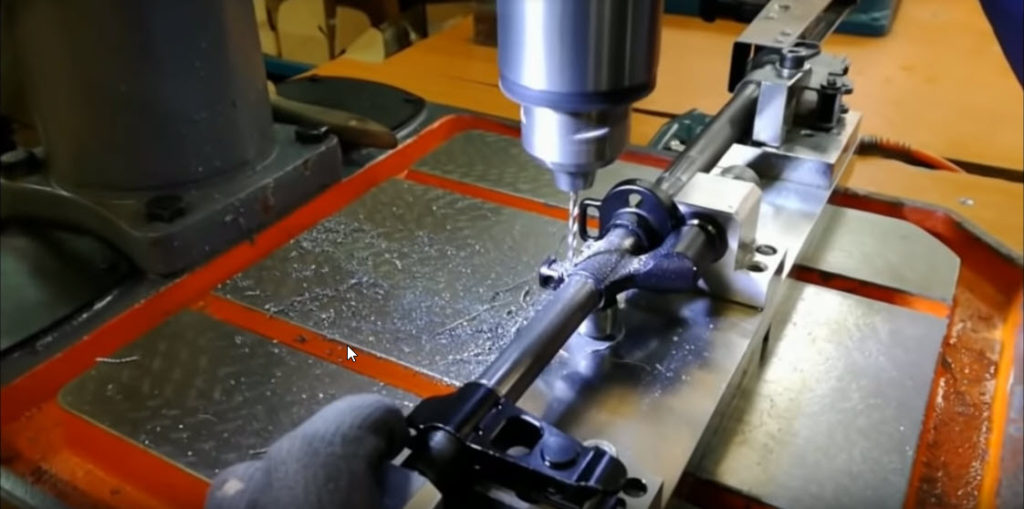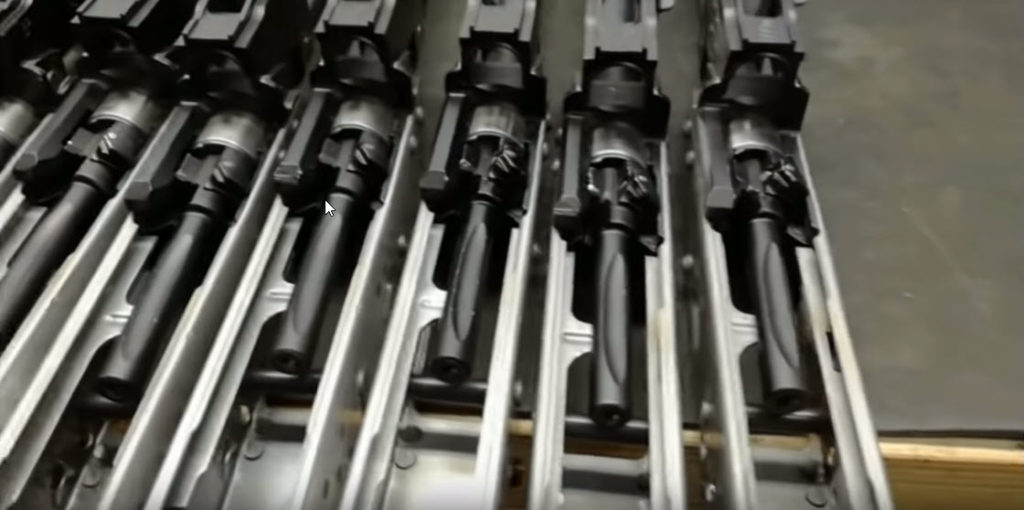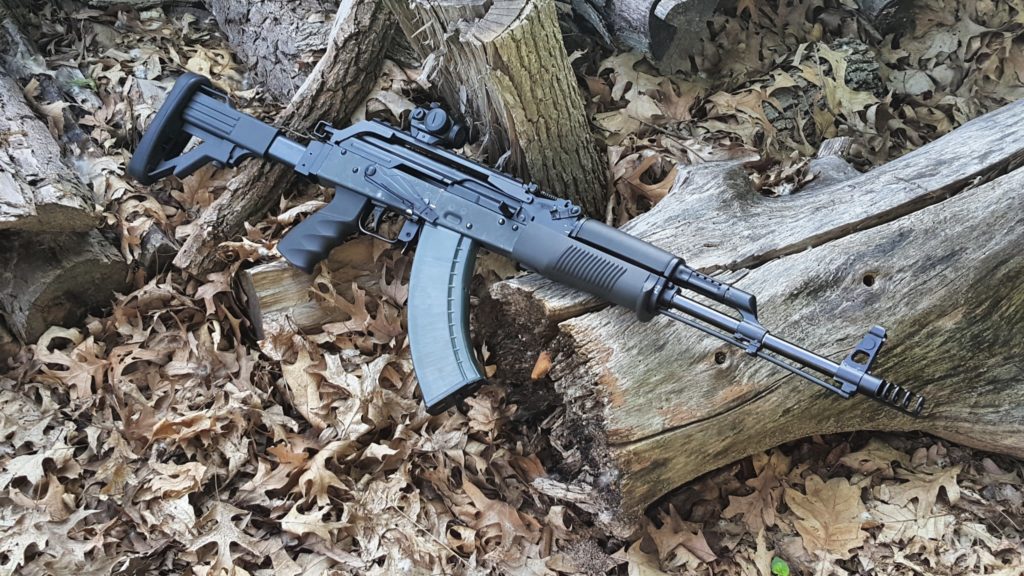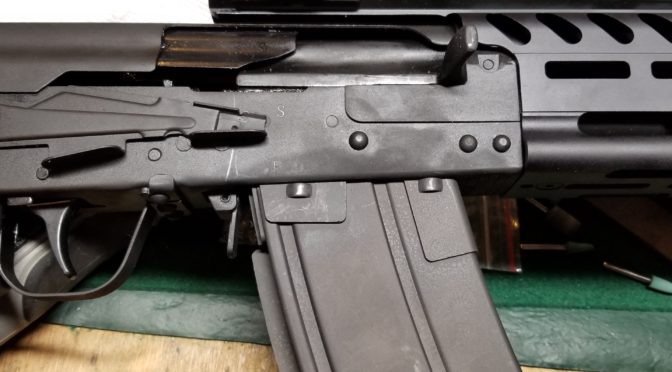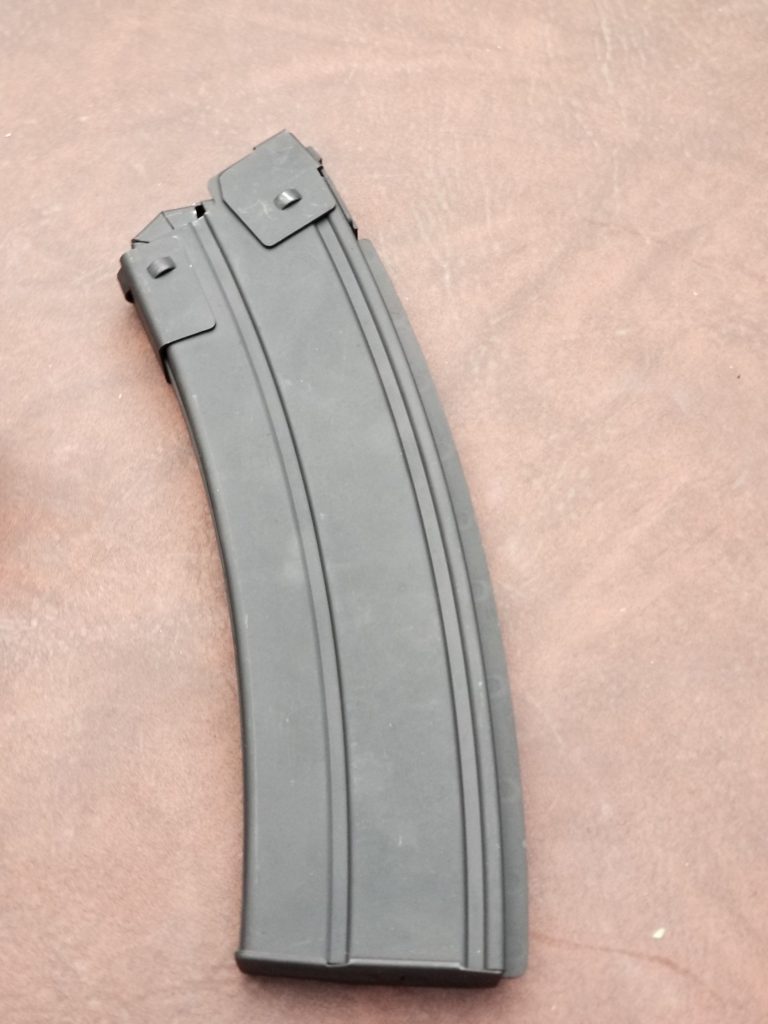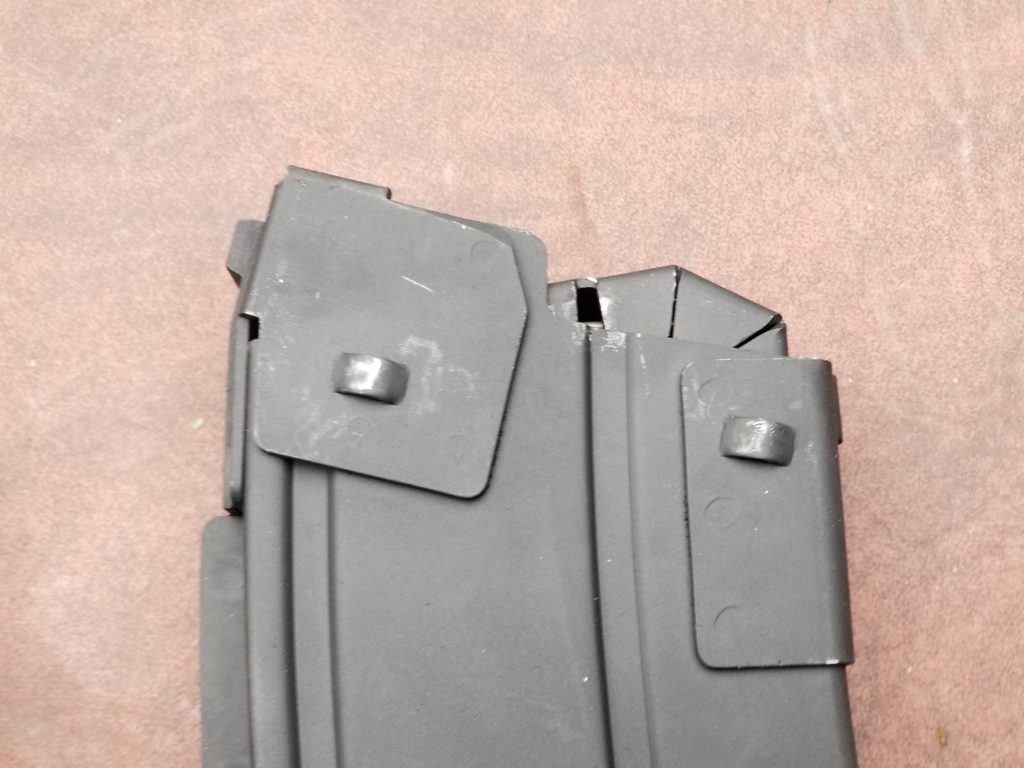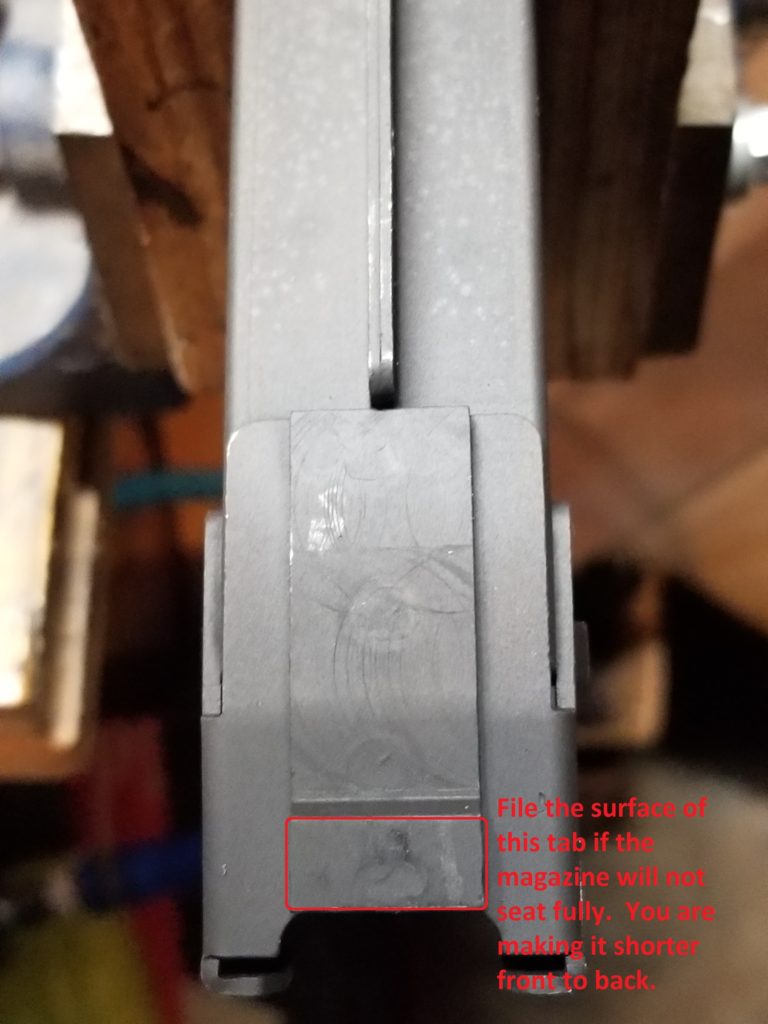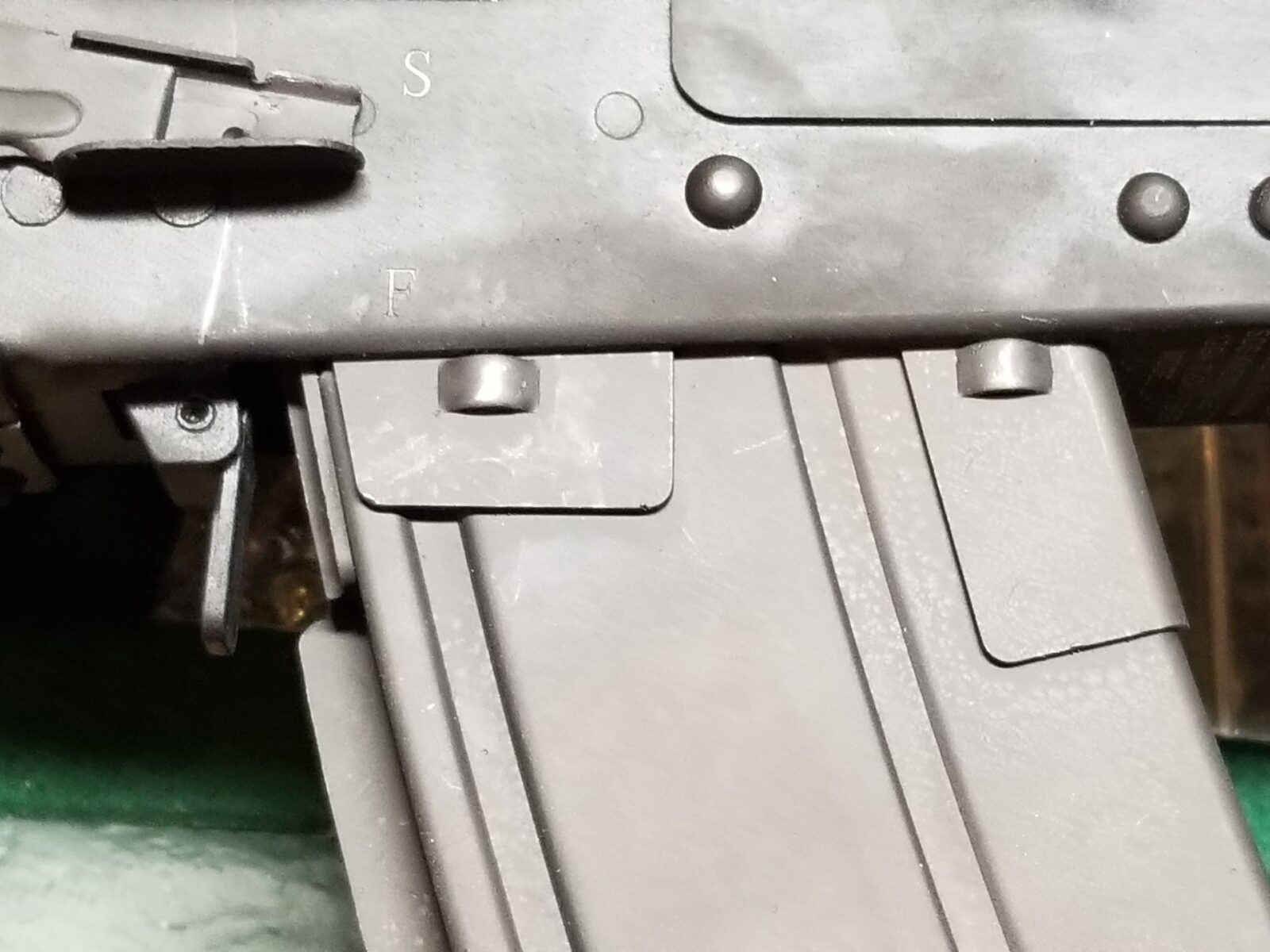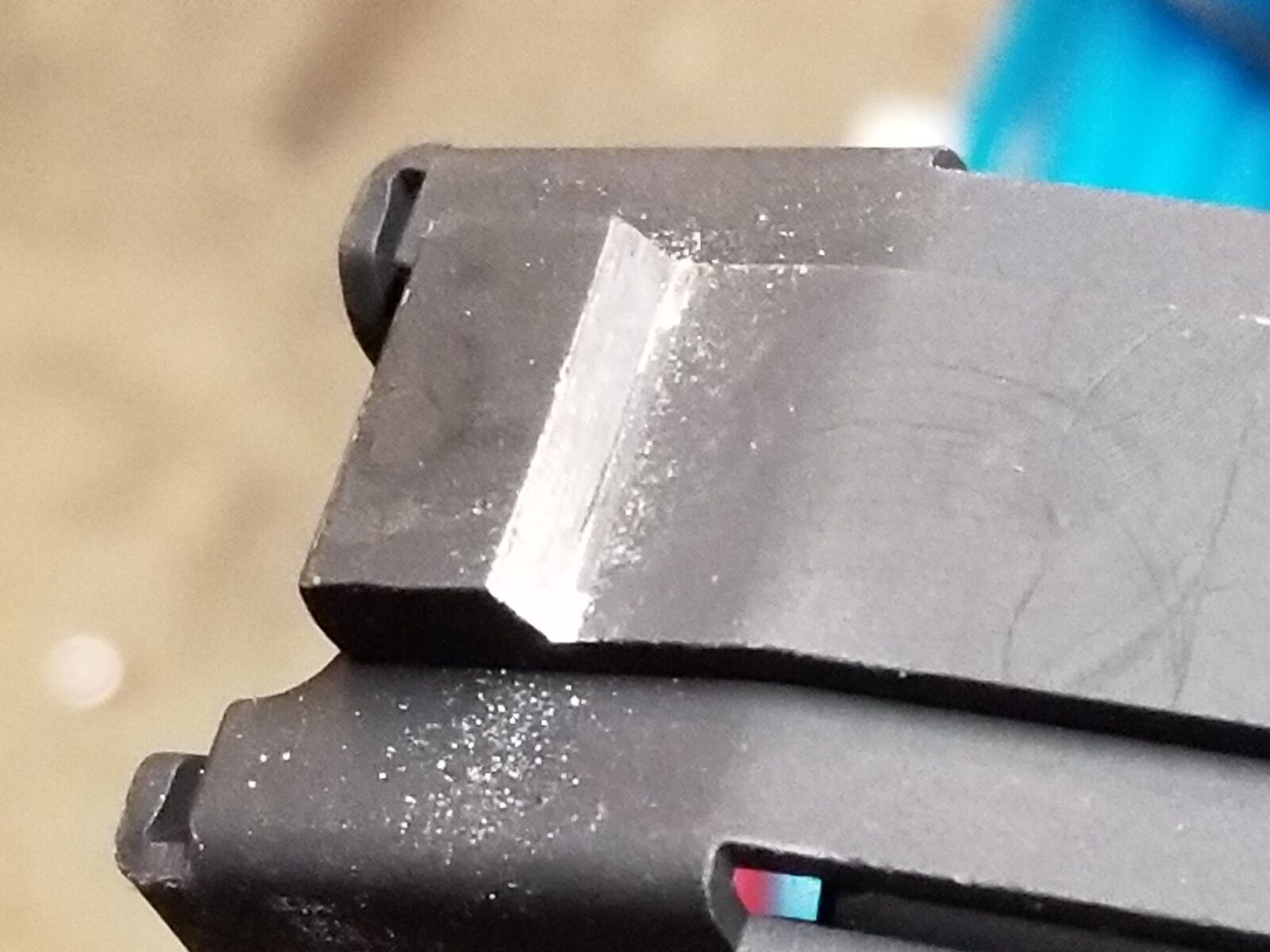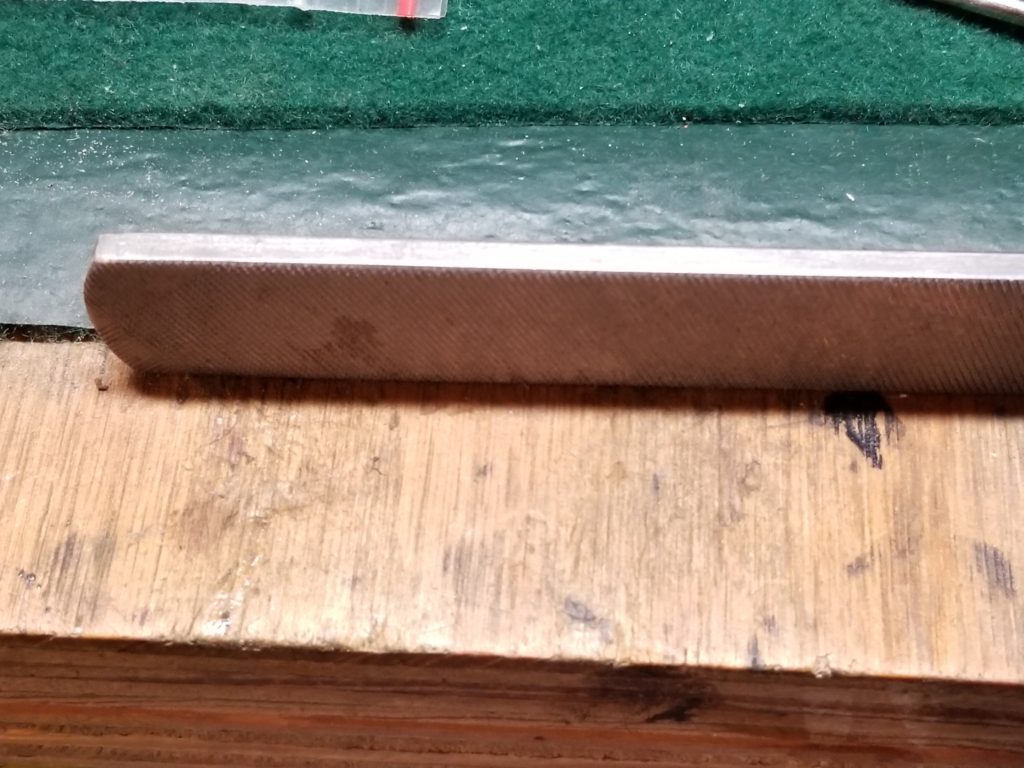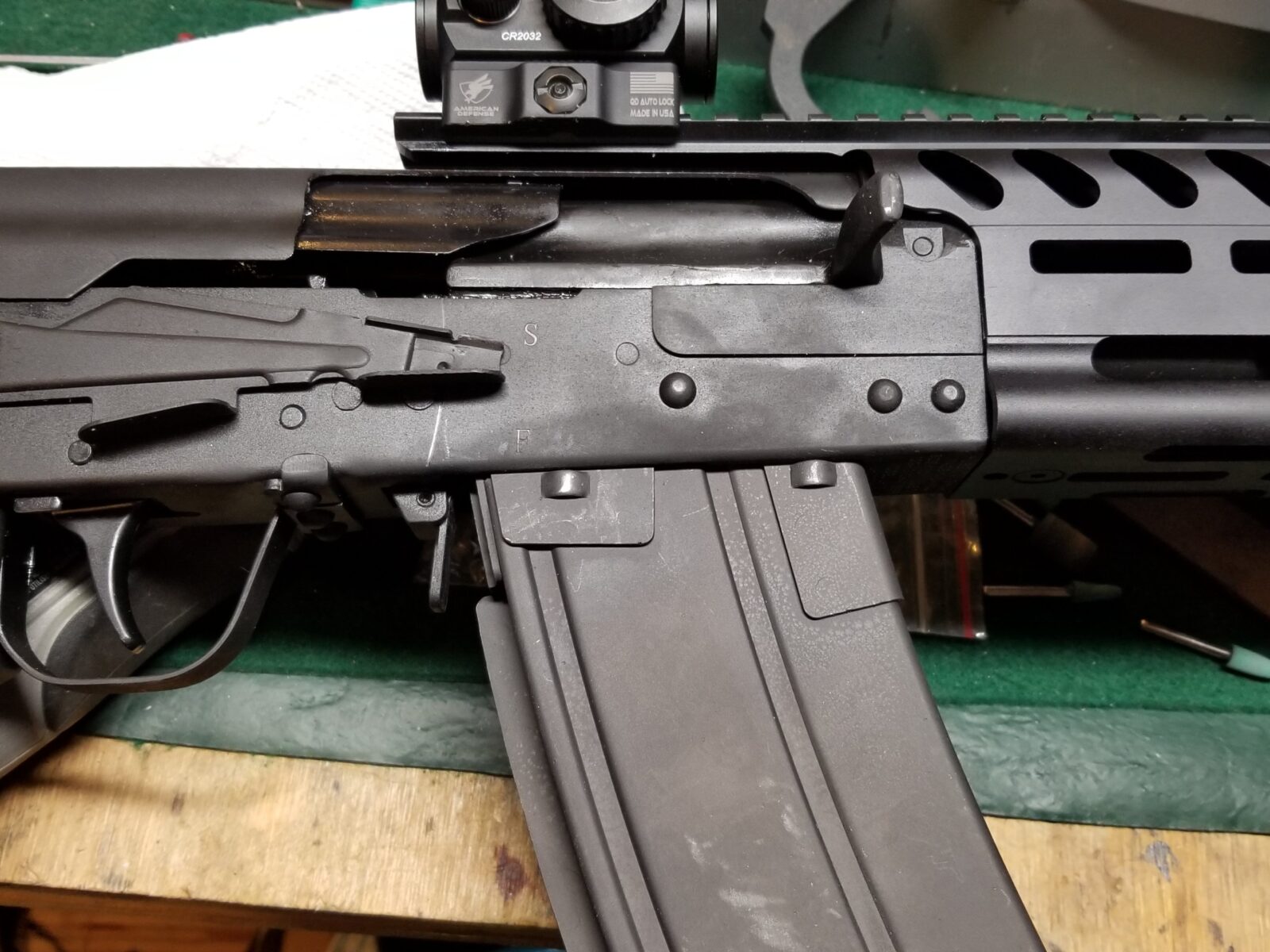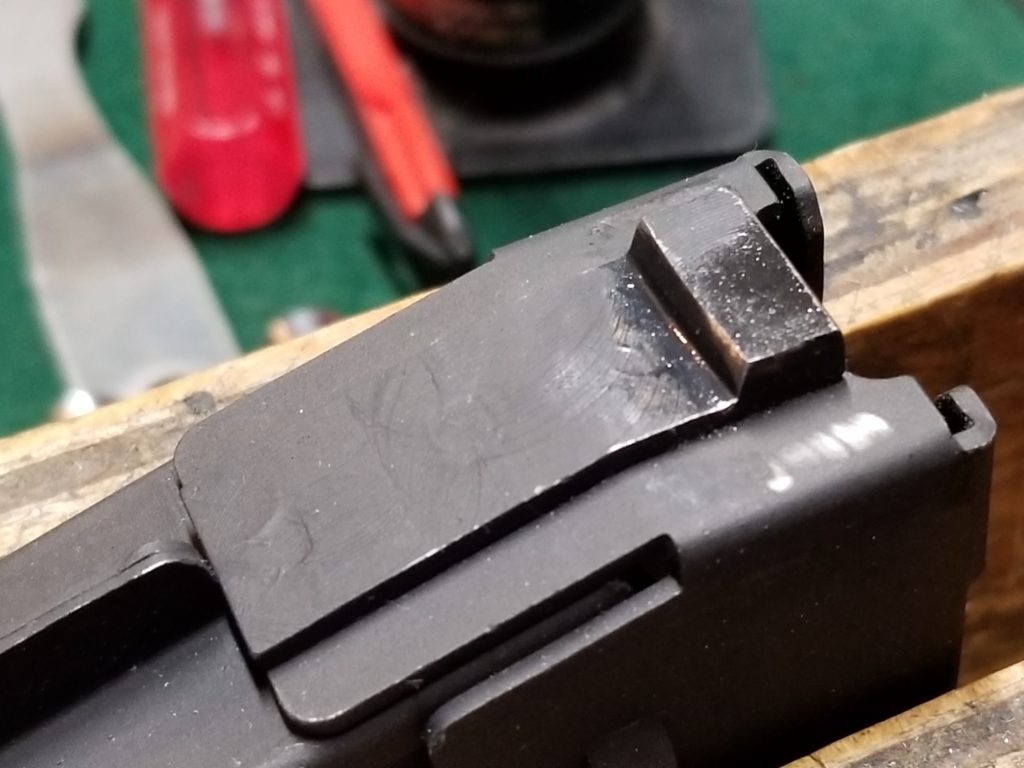While I am not fond of eBay’s antigun sentiments there are deals to be found there – especially when individuals are listing stuff for sale. So, I want to give you some tips and also have the system run you some real-time results of searches so you can see what is out there.
Buyer Tips
- Watch out for the scammers. Folks will list stuff and make claims. So, know what you are looking for and don’t buy blind.
- If the price seems too good to be true, it probably is a scam.
- Watch the shipping price. I’ve watched sellers enter a low price and then have a very high shipping charge to recover the difference.
- Businesses sometimes have good deals but many will price stuff high and just let them sit there until a buyer comes along. All things being equal, try searching only on auctions (not Buy It Now (BIN)) and have the eBay system list them in the order of auctions ending soonest. You might be surprised what turns up. Under Advanced Search, you can change a number of search criteria to dig around in your favor.
- Watch the seller rating – I put a lot of stock in the number of transactions and the seller’s score. If you have a seller with very few transactions and is relatively new, then there is more risk. I will not bet a fortune on an unknown seller but I might take a small risk and see what happens. Statistically, if they have more than 30 sales and a good score, you have a pretty good indication that the buyer is legit.
- Don’t freak out of the seller doesn’t reply right away. Folks do go on vacation, get sick, etc.
- Save your searches so you can re-use them and get emailed results.
- Realize that if you are really specific you may not find stuff listed differently. For example, I will list the country and bayonet in case they say AK, rifle, AK47, AK74, etc. and throw a really tight search off.
- Look at the photos carefully. I’ve bought stuff after looking at an item on a smart phone and missed problems I would have seen on a larger monitory.
- Learn the prices. If you jump right in you may pay too much. In some cases you will see one buyer asking multiples of the going price – he/she may be counting on people jumping in and buying with little to no knowledge of prices.
- Be objective – if an auction starts exceeding what you want to pay then bow out. Don’t get emotionally attached and feel that you need to win the auction.
- If you buy something international, you will want to understand shipping charges and any regulations you may encounter either in the seller’s country or in your own.
Searching on a eBay
This is your basic search page in eBay.

You’ll notice it is set to “Auction” only and the sort is set to “Time ending soonest”. Lastly, the heart under “Accept Offers” means I checked the box to save the search.
If you look to the right of the search button, you will see “Advanced” and this is where you can do all kinds of cool stuff to your current search or a saved search including:
- Words to exclude – this is powerful if you are getting unwanted stuff in and it happens all the time. This can make your search far more likely to turn up what you care about. For example, you could tell it to exclude airsoft and model.
- You can search just in specific categories. Be careful with this one – bayonets for example can be in a number of different categories.
- You can search in title and description, completed listings, and sold listings.
- By specifying a price range you can skip stuff like frogs/scabbards. For example, you might tell it to only show you items between $14.99 and $200
- It again let’s you select from Auctions, Buy It now and Classified Ads.
- You can specify the condition new, used or not specified.
- You can list specific sellers you care about.
- Items with Free shipping or located somewhere.
- And much more
Russian and Soviet Bayonets
Here I am searching both ways – I tend to find people do not always realize the difference between the USSR and Russia when they list an item. It’s set to auction only and sorted by items ending first.
Bulgarian Bayonets
Same thing but in addition to saying “Bulgarian Bayonet” I will use the slang of “Bulgy Bayonet” too. It’s also auction only and sorted by items ending first.
East German Bayonets
I didn’t see any auctions when I wrote this post so this search is for all items, not just auctions, sorted by “Price + Shipping: Lowest First”. This is an example where you tend to see a lot of frogs and scabbards show up first due to their relatively low pricing.
Polish Bayonets
Here’s an example where you can get weird stuff like shoe polish so I will exclude the word shoe. It’s also auction only and sorted by items ending first.
Romanian Bayonets
We need to search both for Romanian bayonets and Romy bayonets. Now when I created this search, no auctions turned up so I am showing any items that match the keywords and am sorting “Price + Shipping: Lowest First”. Some of the prices I am seeing are nuts. I would not pay over $20 for a Romy AKM bayonet – sorry.
Yugoslavian and Zastava Bayonets
On this one we need to get more creative and will search using variations of Yugo, Yugoslav, Yugoslavian, and Zastava, I did need to exclude “WWI” and “WWII” because of all the WWI and WWII bayonets that come up. Not a great deal came up when I was writing this so the search is for all items and is sorted “Price + Shipping: Lowest First”
Conclusion
I hope this helps you out. There are a lot of search capabilities in eBay and you need to learn how to use them in your favor.
AK-47 Image Source: By Allatur, CC BY-SA 3.0, https://commons.wikimedia.org/w/index.php?curid=16254298
If you find this post useful, please share the link on Facebook, with your friends, etc. Your support is much appreciated and if you have any feedback, please email me at in**@*********ps.com. Please note that for links to other websites, we are only paid if there is an affiliate program such as Avantlink, Impact, Amazon and eBay and only if you purchase something. If you’d like to directly contribute towards our continued reporting, please visit our funding page.
